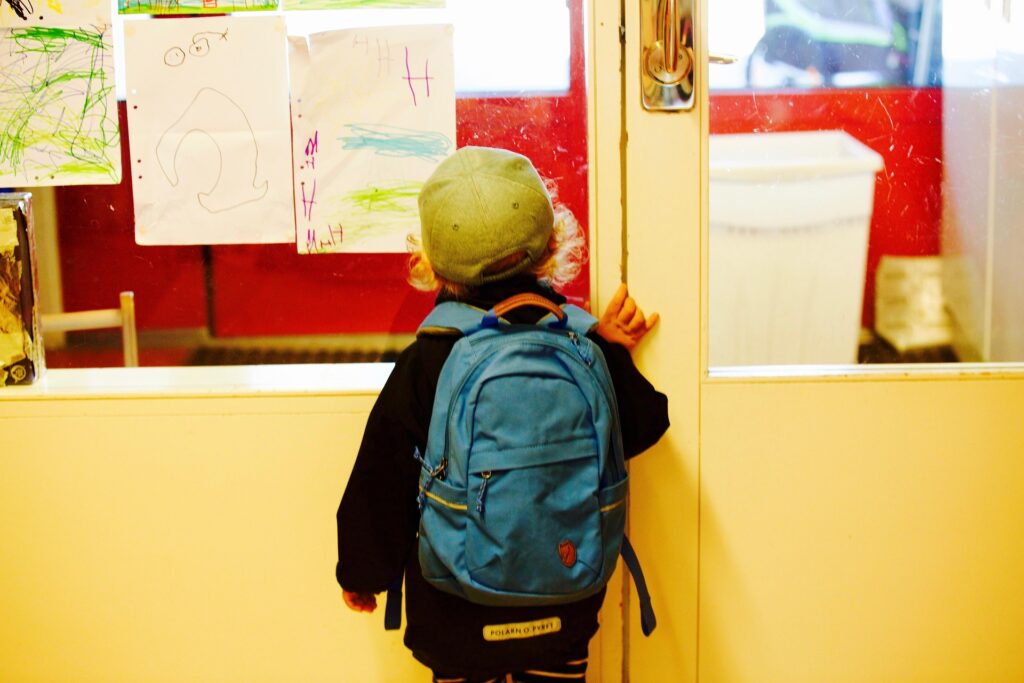In the past few decades, the Census Bureau has produced yearly population estimates for states and counties including data for Hispanic children (ages birth to 17). The 2020 Decennial Census also released data for Hispanic children. This allows us to compare the number of Hispanic children from these two data sources for states and counties.
The Census develops post-census estimates by starting with a population base then adding births, subtracting deaths, and adjusting for net migration every year to that base over the decade. In the past, the Decennial Census counts have provided the estimates base, but the 2020 Census detailed data needed for the base was not available in time to use with the 2021 and 2022 population estimates. Thus, the Census Bureau developed a new PEP (Population Estimates Program) methodology called the blended base.
The differences between the 2020 Census counts and the PEP blended base have different implications for different populations. This study examines the implications for the Hispanic child population. The PEP blended base produced somewhat different counts for Hispanic children than the 2020 Decennial Census counts.
This descriptive report focuses on differences between the PEP blended base and the 2020 Census counts in the number and the national share of Hispanic children. It does not evaluate the accuracy of these two data series. It will be difficult to definitively assess whether the Census count or the PEP blended base provides a more accurate reflection of the true number of Hispanic children in states and counties. However, this report describes which data source provides a larger number and/or a larger national share of Hispanic children for states and counties. This report also includes comparisons for the child population in Puerto Rico and its municipios. The Census Bureau does not develop population estimates for other U.S. territories like the U.S. Virgin Islands or Guam, therefore the analyses shown in this report cannot be developed for these geographies.
Two key measures are used in this descriptive study. The first measure is the number of Hispanic children in each state or county, and the second measure is the share or percentage of the total U.S. Hispanic child population in each state or county. We call this second measure “national share.” The analysis here compares the number of Hispanic children in a state or county from the 2020 Census count to the corresponding number from the PEP blended base. We also compared the shares of all Hispanic children in the nation that was in each state or county. It is important to examine both the raw numbers and the share of the national population because the implications may not be the same. Just because the number of Hispanic children in a state or county was higher in the PEP blended base compared to the Census, it does not necessarily mean it was a larger share of the national population because the total child population in the PEP blended base was different from the total child population in the Census count.
In terms of absolute numbers, the PEP blended base provided a larger number of Hispanic children than the 2020 Census count nationally. At the national level, the number of Hispanic children from the PEP blended base for April 1, 2020, was 19,004,979 compared to 18,757,252 in the 2020 Census count. In other words, the number of Hispanic children in the PEP blended base was 247,727 higher than the count in the 2020 Decennial Census. That amounts to a difference of 1.3 percent.
In examining states, the results are mixed.[1] There were 30 states where the Census counts were larger than the PEP blended base and 29 percent of the Hispanic children in the U.S. lived in one of those 30 states. The PEP blended base estimates were larger than the 2020 Census counts in 21 states and 71 percent of all Hispanic children in the country lived in one of those states.
However, in terms of the national share of Hispanic children in a state, the results are somewhat different. There were 36 states where the Census count was larger than the PEP blended base estimate in terms of national shares and 39 percent of the national Hispanic child population lived in one of those states. In 15 states, the PEP blended base was larger than the Census count and 61 percent of all Hispanic children lived in these states.
The 2020 Census count was larger than the PEP blended base in 1,520 counties which were home to 32 percent of the nation’s Hispanic children. On the other hand, there were 1,592 counties where the PEP blended base provided a larger number of Hispanic children than the 2020 Census count and 68 percent of the national Hispanic child population lived in those counties.
When national shares were examined, we found that the 2020 Census counts were larger than the PEP blended base in 647 counties, and over a third (36 percent) of all Hispanic children lived there. On the other hand, there were 327 counties where the PEP blended base produced a higher national share than the Census, and 57 percent of all Hispanic children lived in those counties. There was no difference by national share in many counties, but only 7 percent of Hispanic children lived in those counties.
This report also includes analyses of the total Puerto Rico child population because despite that population estimates for this territory do not include Hispanic origin detail, the vast majority (99.2 percent) of children in the Census 2020 were Hispanic. In Puerto Rico, the PEP blended base was larger than the Census 2020 by 12,376 children, or 2.2 percent. The PEP blended base estimate was also larger than the Census 2020 in 55 out of all 78 municipios (county equivalents).
The findings, especially for the U.S., suggest that assessing the impact of the PEP blended base on the Hispanic child population will be complicated. Results differ depending on whether one examines the nation, states, or counties and focuses on absolute numbers of Hispanic children or the share of the national child population in a state or county. All these perspectives are important.
This paper provides guidance for child advocates, researchers, and data analysts on the potential impact of the Census Bureau’s new blended base methodology for the Hispanic child population. Additionally, this research provides background regarding the decisions that will have to be made by the Census Bureau in the next year or so about the methodology for the PEP estimates for the remainder of the decade. The Census Bureau might decide to revert to the 2020 Census counts for the base, continue with the current blended base as is, or decide on a third alternative.
[1] In this paper the District of Columbia is treated as a state.









